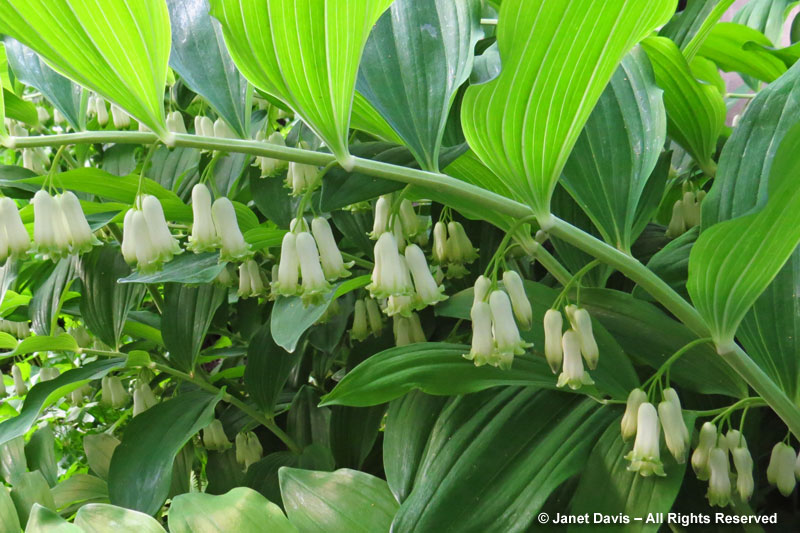Each spring, I look with admiration on my drifts of an Ontario native plant that asks so little of me, but gives so much in return: Polygonatum biflorum, smooth Solomon’s seal. Its tapered shoots emerge in April in my north-facing back garden, where the clumps under the black walnut tree that looms over my sideyard pathway are surrounded by the tiny flowers of the bulbous spring ephemeral Corydalis solida.
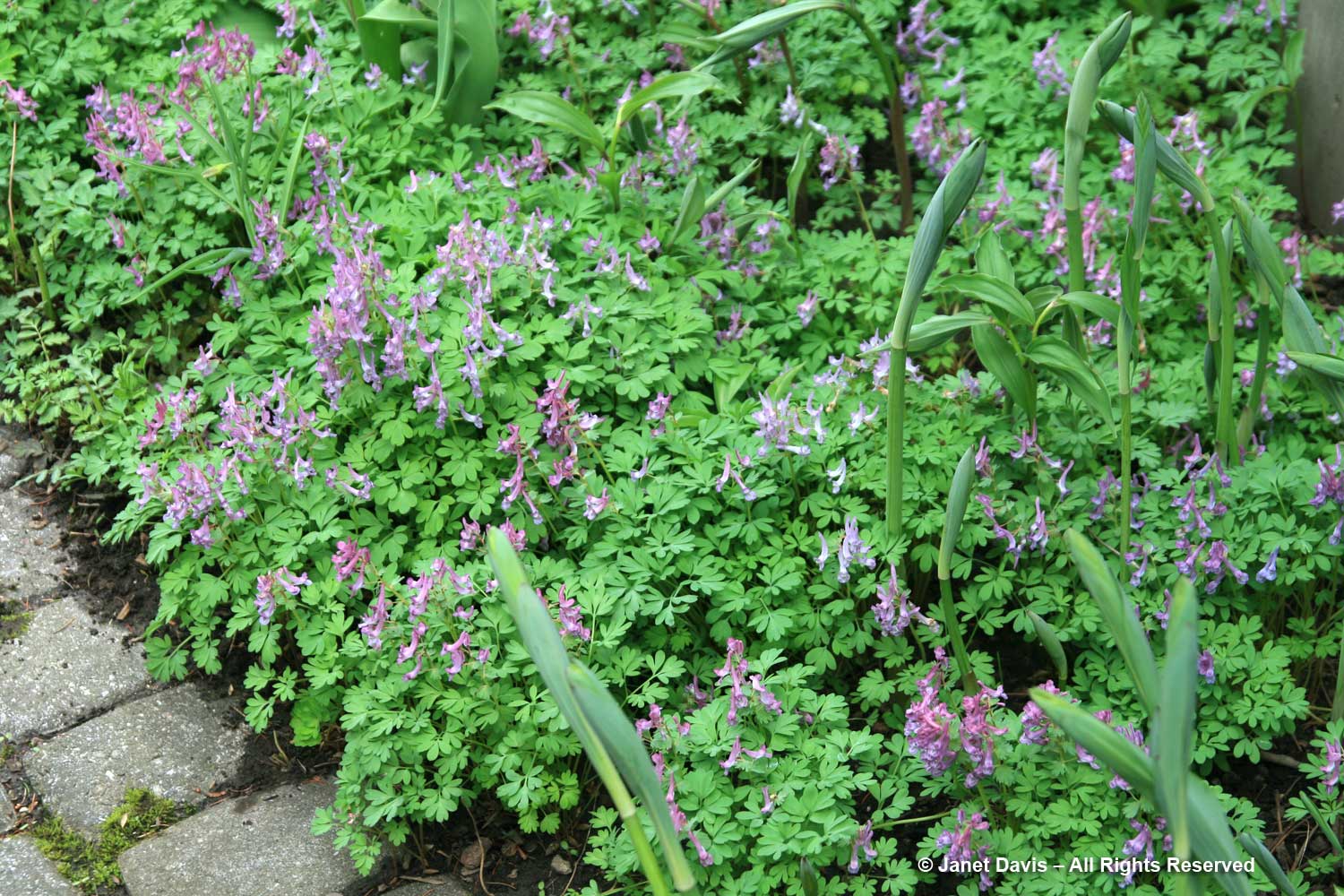
By mid-late May, looking back towards my garden gate, the corydalis has disappeared but the Solomon’s seals stand three feet tall.
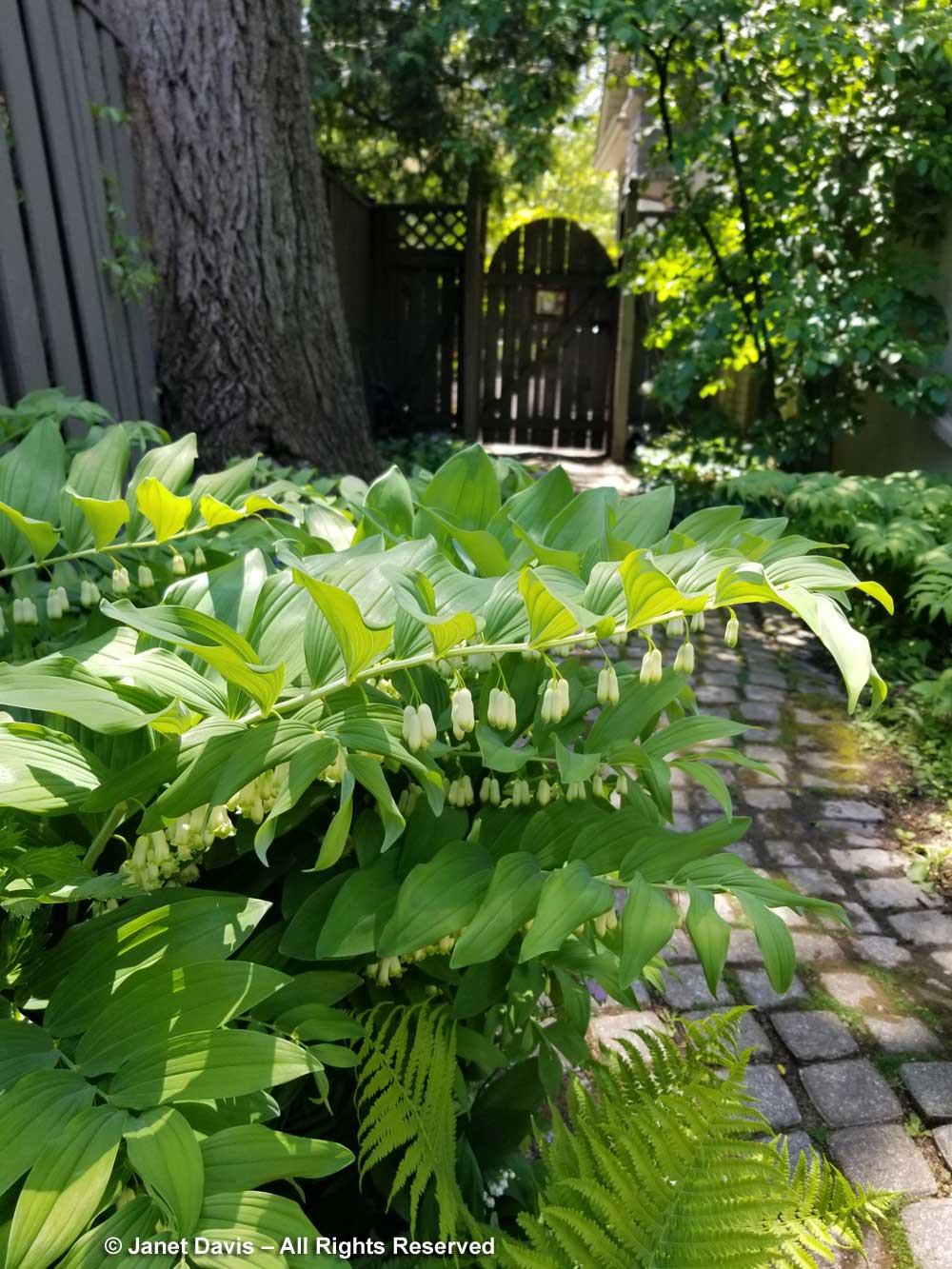
It’s still early in the garden when they flower, the grasses in my deck pots still just inches high.
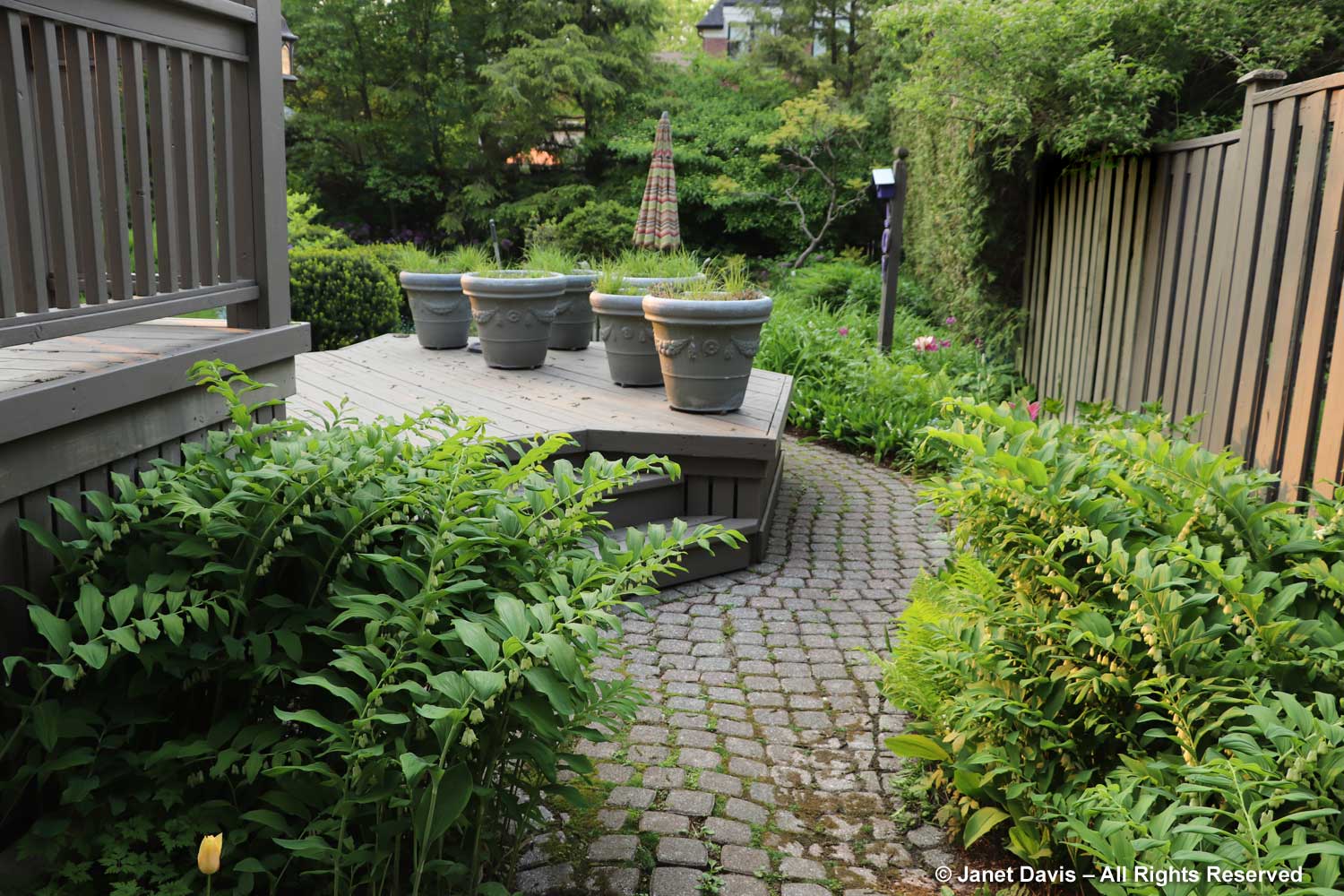
The colony in the back corner of the garden grows near a Tiger Eyes sumac and has as its neighbour fall monkshood (Aconitum carmichaelii ‘Arendsii’), not yet visible. Both enjoy the same shade-dappled, slightly moist, humus-rich soil.
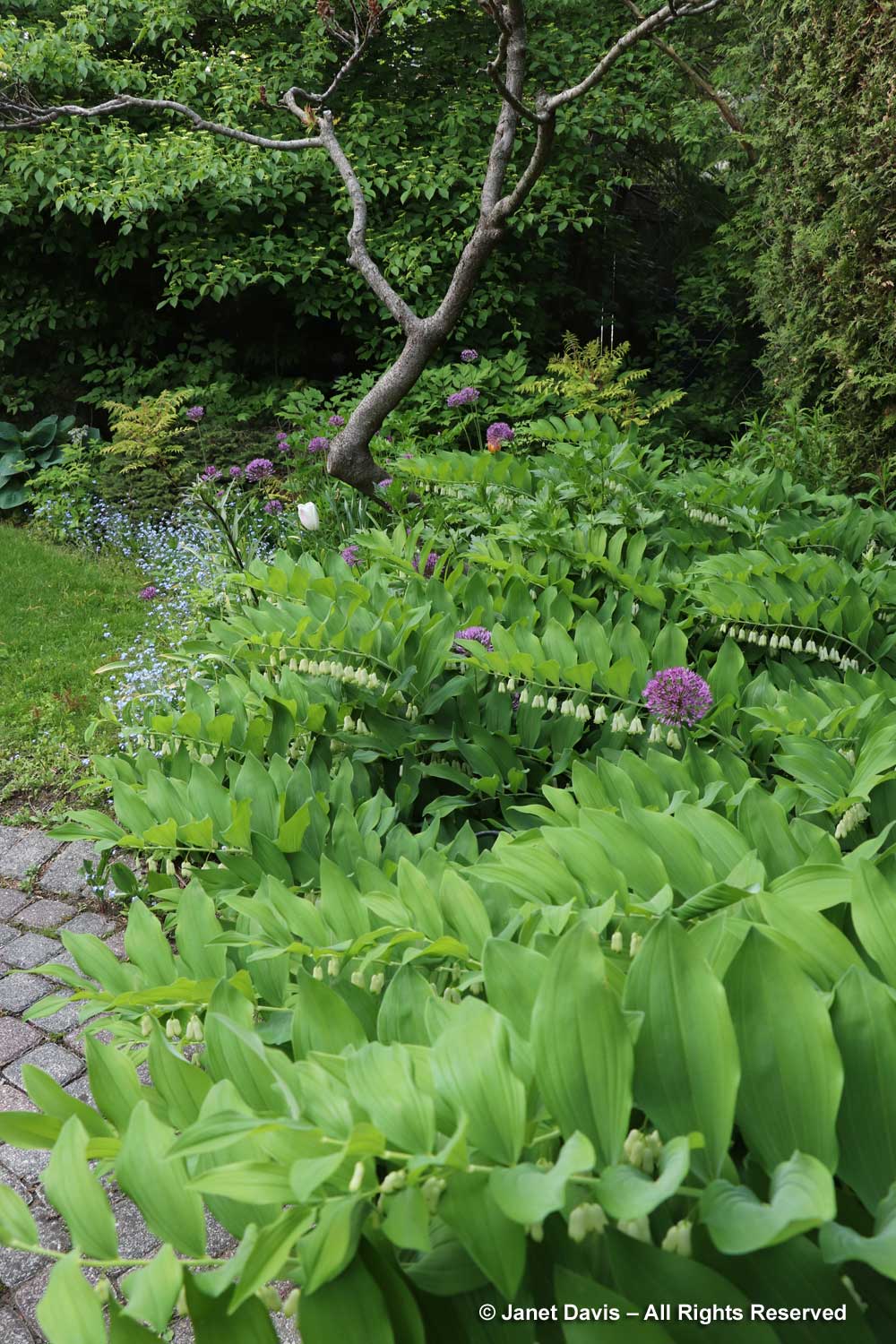
It’s a testament to the travelling power of Solomon’s seals that they do sometimes subsume other plants. This ‘Ballade’ lily tulip – one of my favourites – is resisting.
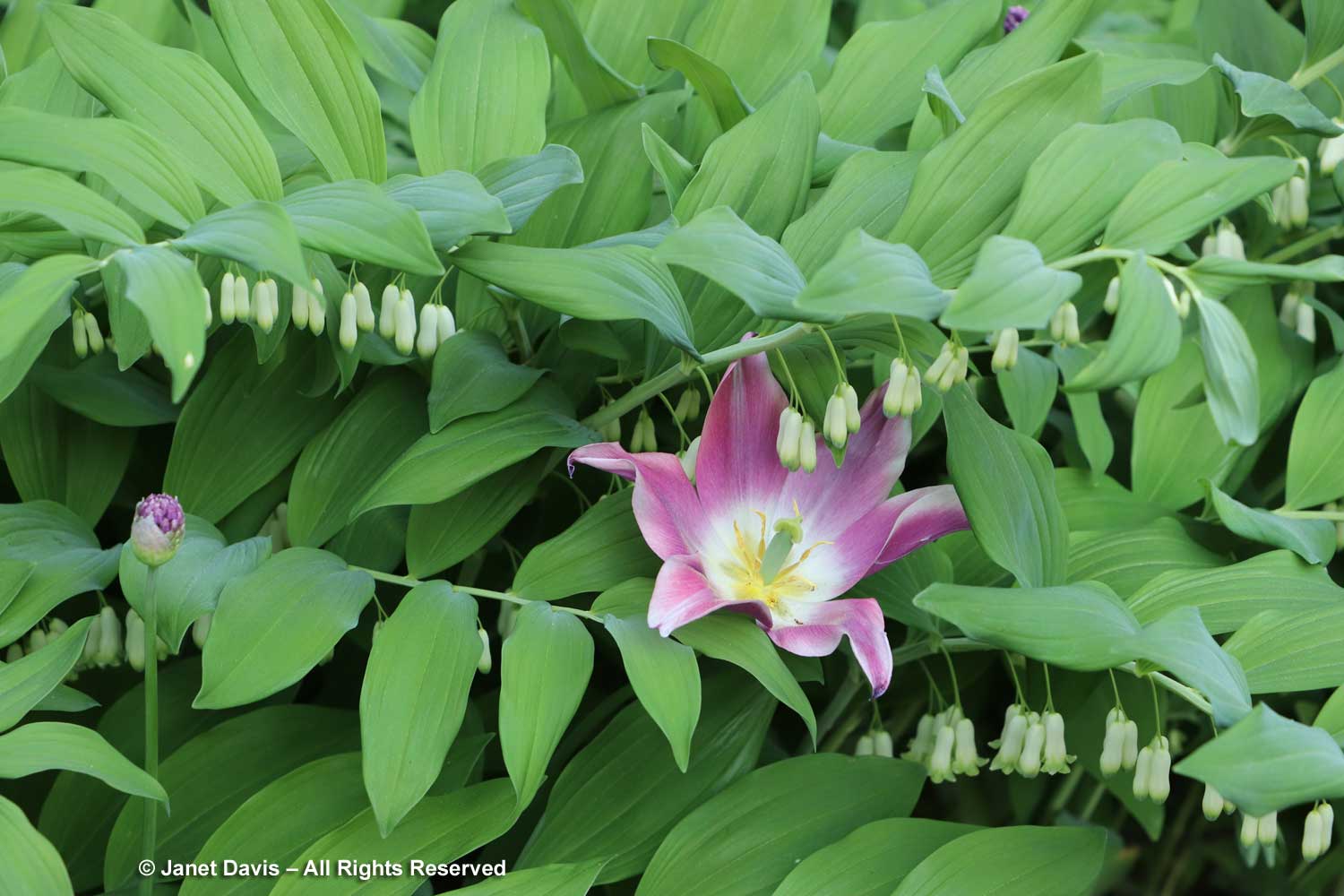
But nothing keeps Allium hollandicum ‘Purple Sensation’ from rearing its pretty head.
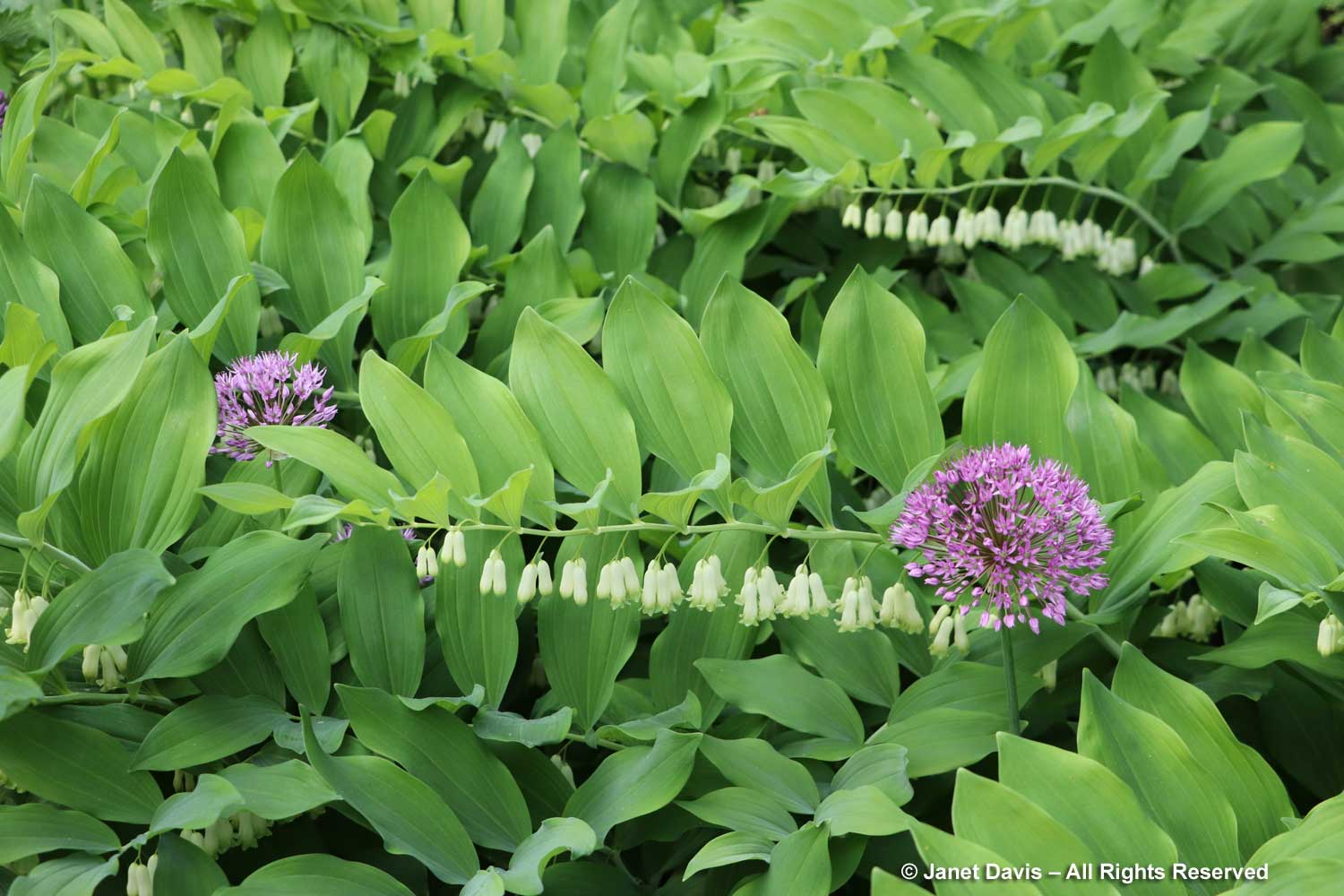
My garden features a number of invasive plants – some native, like ostrich fern (Matteucia struthiopteris), others enthusiastic exotics, like my lily-of-the-valley, aka ‘guerilla of the valley’ (Convallaria majalis). (I’ve written about that pest before in my blog about making a perfumed garden party hat!) But Solomon’s seal is up to the challenge and can stand its ground.
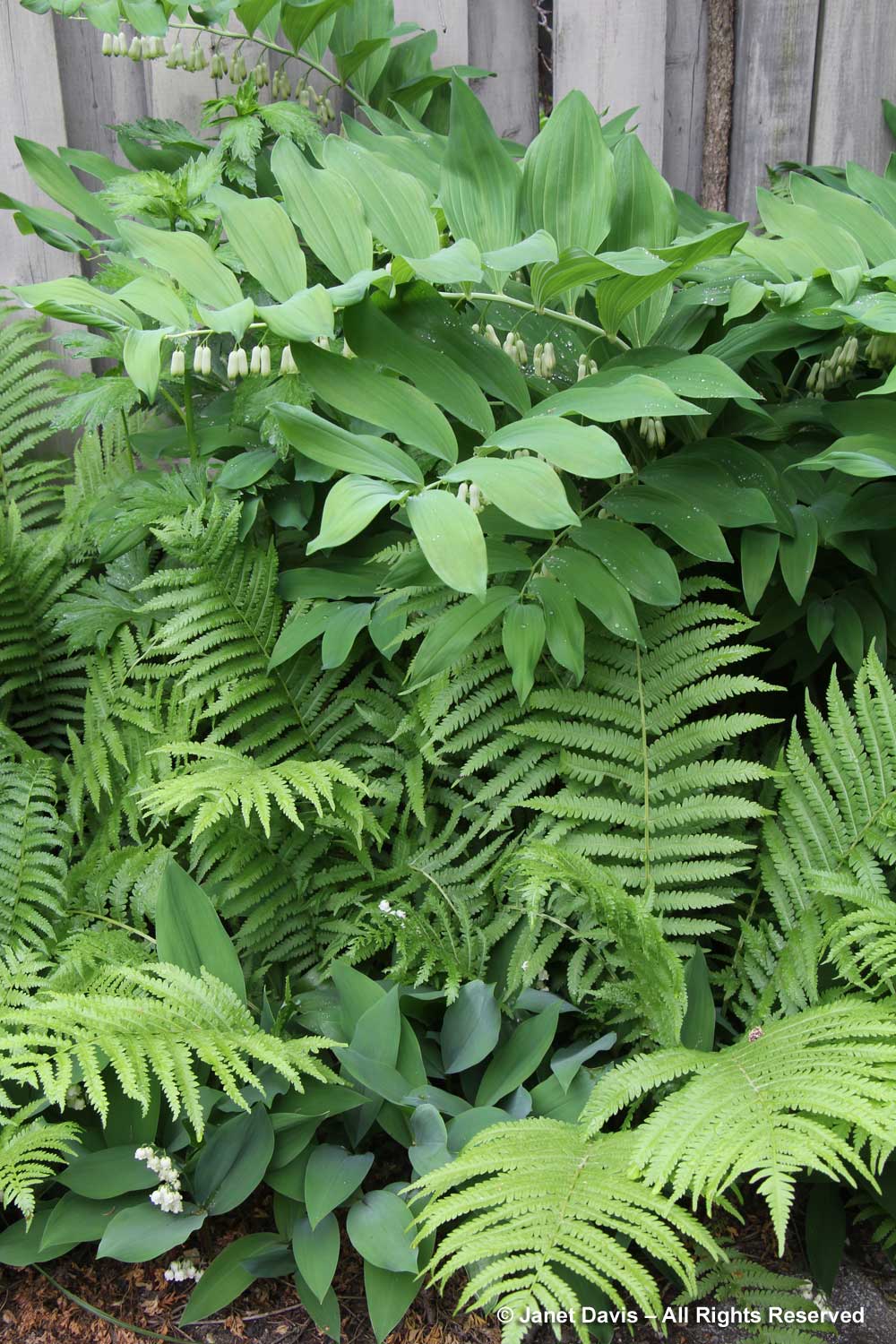
One that didn’t fare so well in competition with the Solomon’s seals was wild geranium (G. maculatum), shown below in a photo from a previous spring.
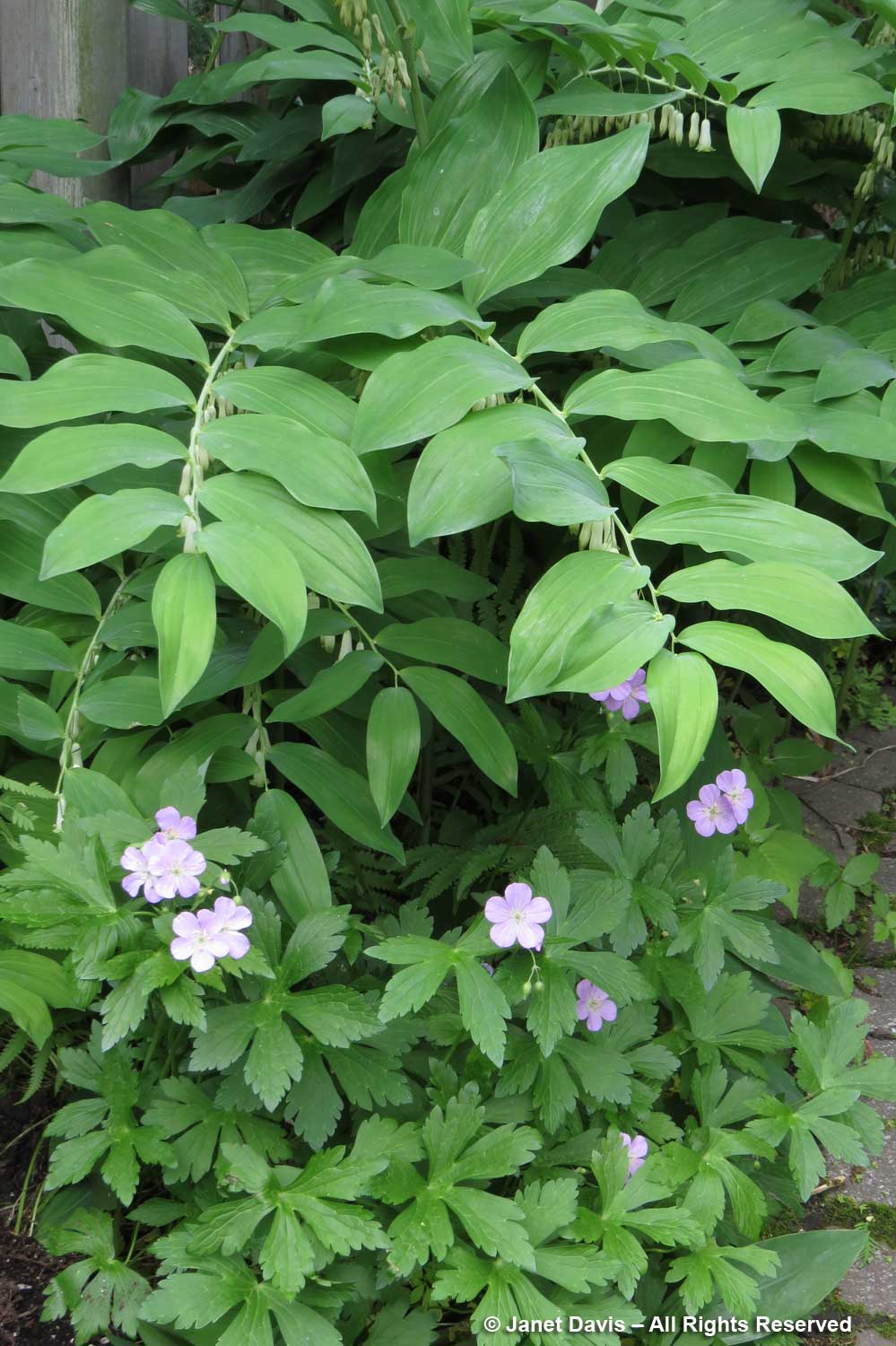
At the Toronto Botanical Garden, blue Amsonia tabernaemontana, shown in the background below, makes a pretty companion for Solomon’s seal.
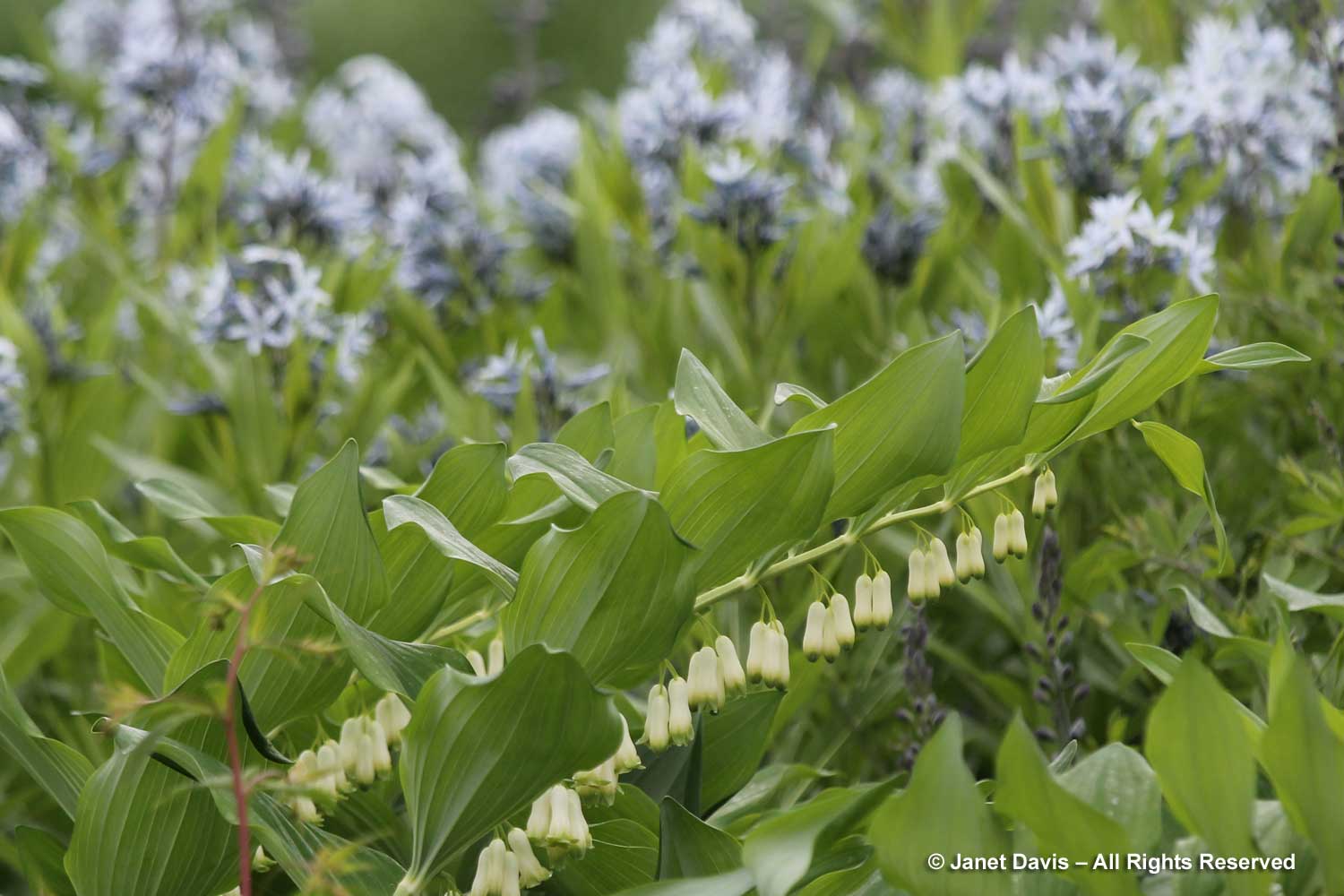
I love the way the pearl-drop flower buds of smooth Solomon’s seal open, curling up their green tips like dainty skirts.
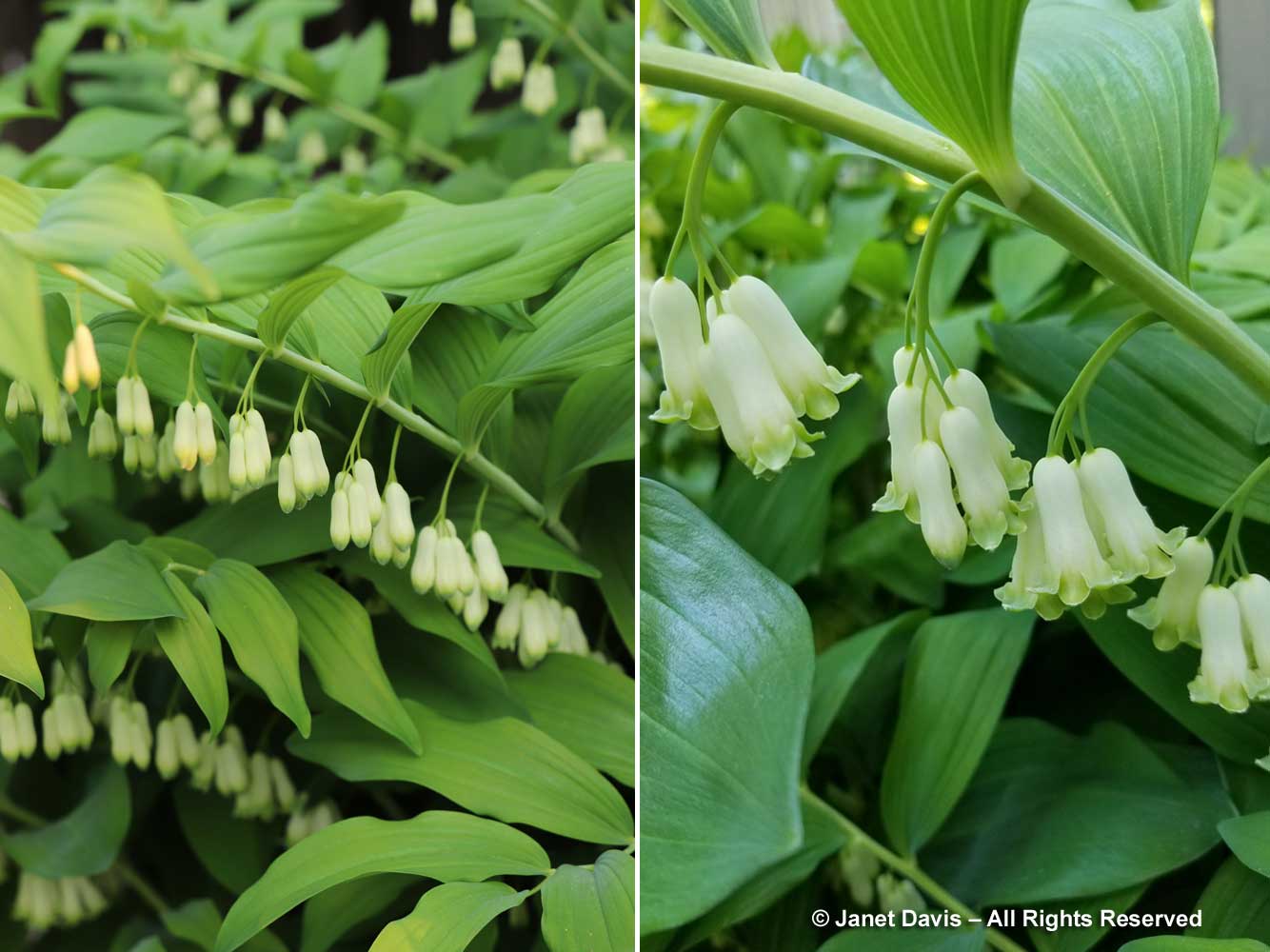
In November, the leaves turn yellow-gold.
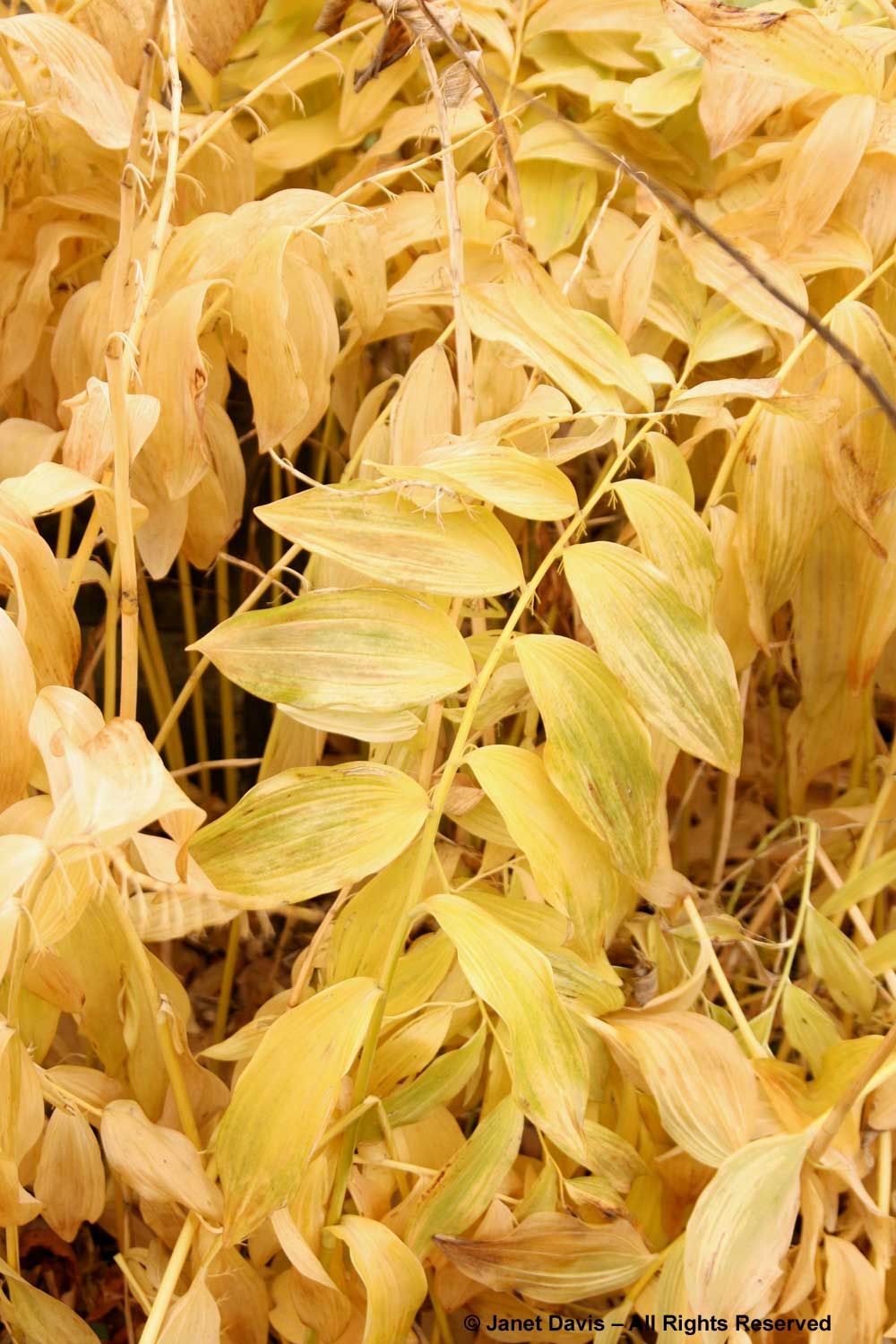
Solomon’s seal and other woodland lovers were featured in ‘Shady Lady’, one of #Janetsfairycrowns from 2021, which I blogged about last year.
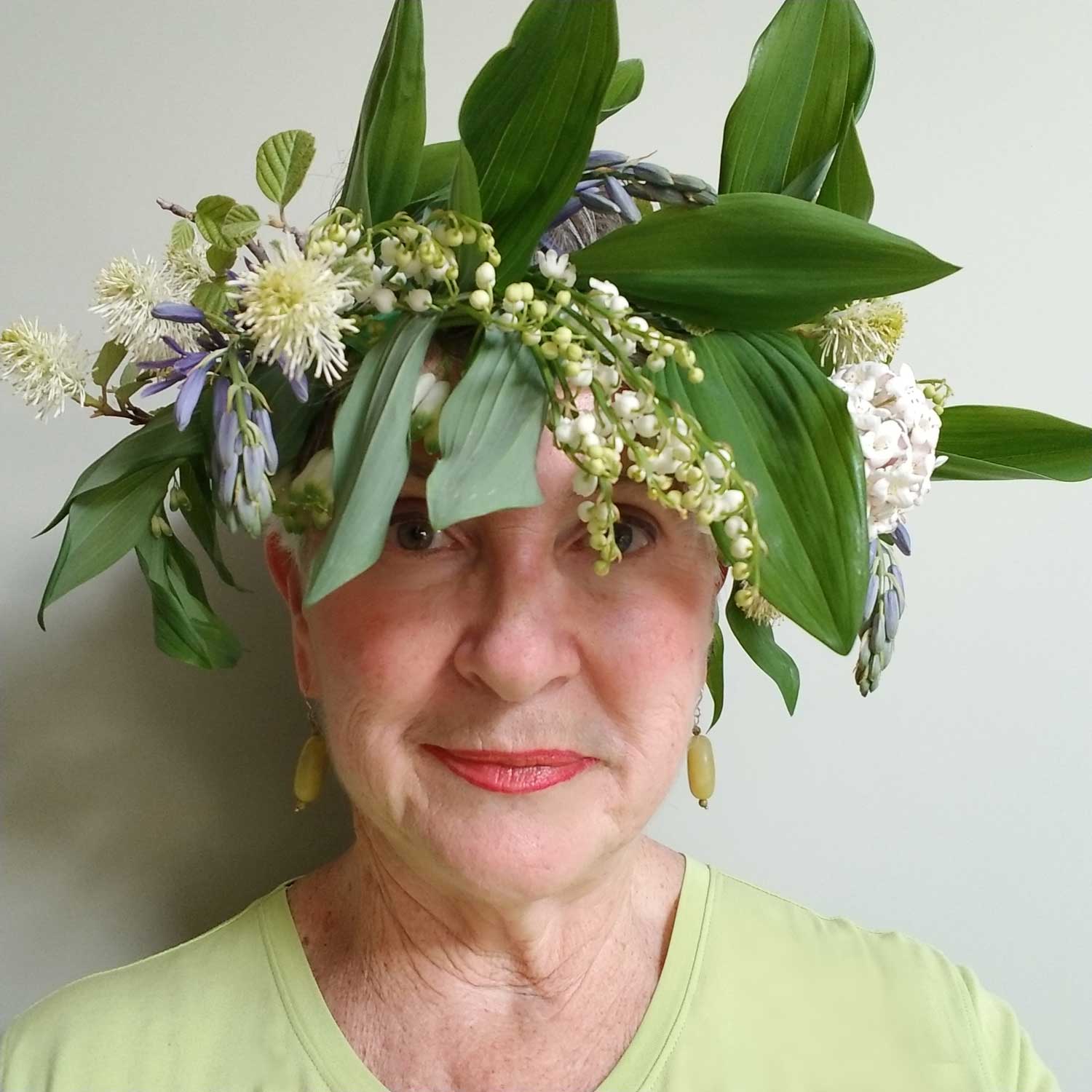
My next-door neighbour grows smooth Solomon’s seal as well; it met with the approval of the resident male cardinal.
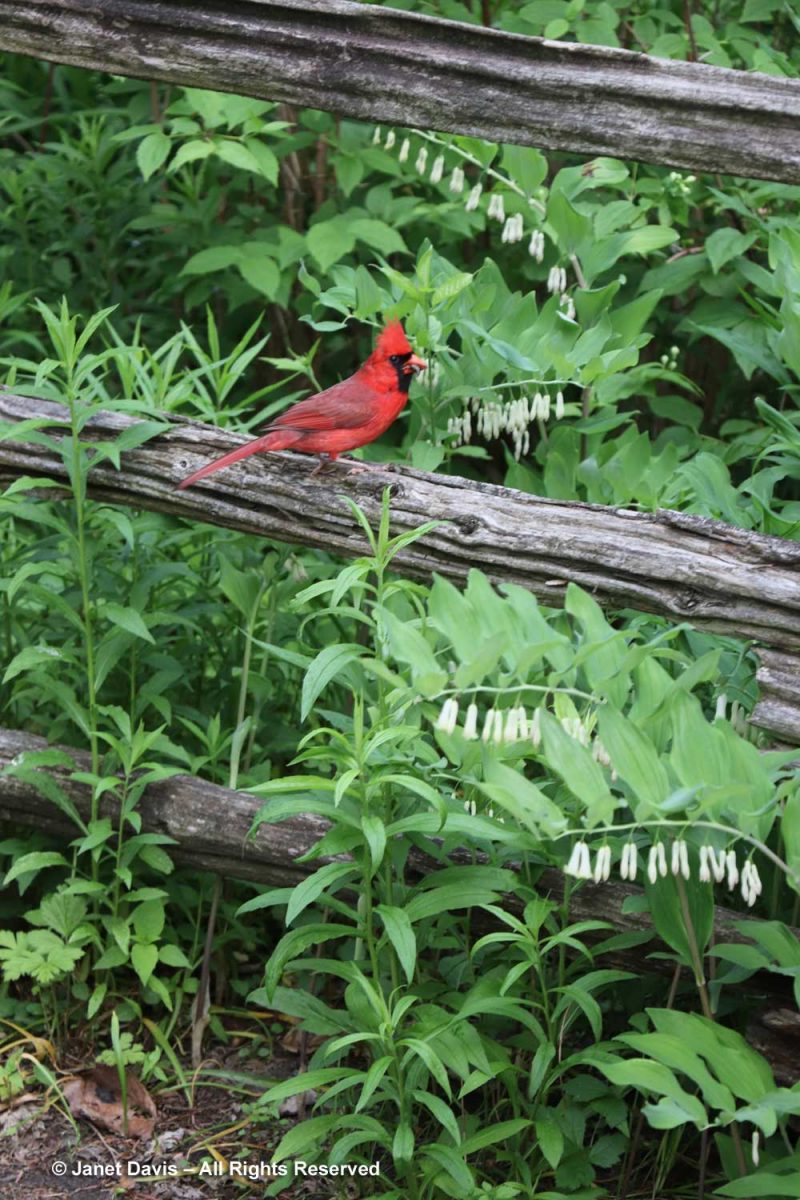
Finally, speaking of cardinals, here’s a tiny video made in my garden featuring smooth Solomon’s seal with my regular choristers, cardinals and robins.

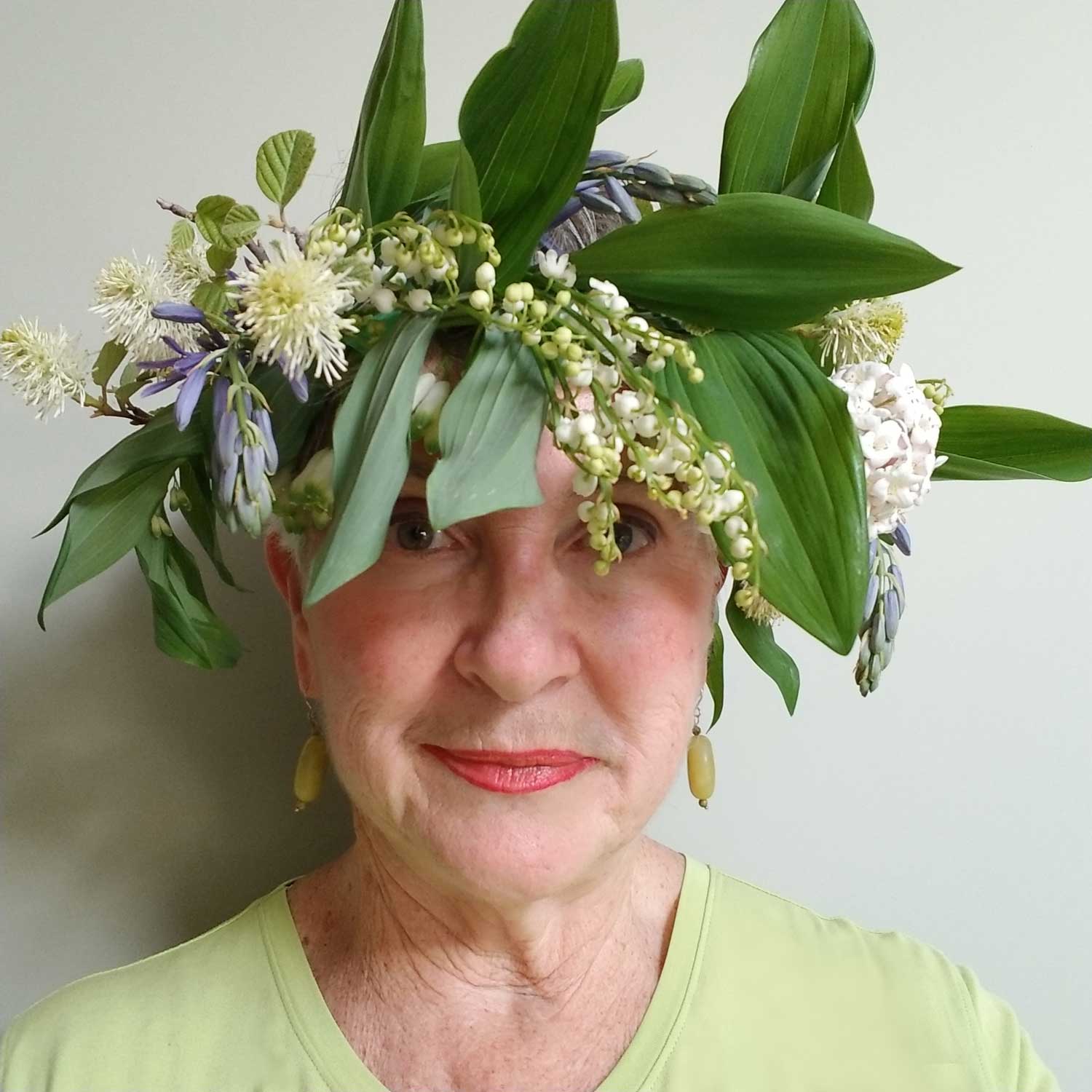
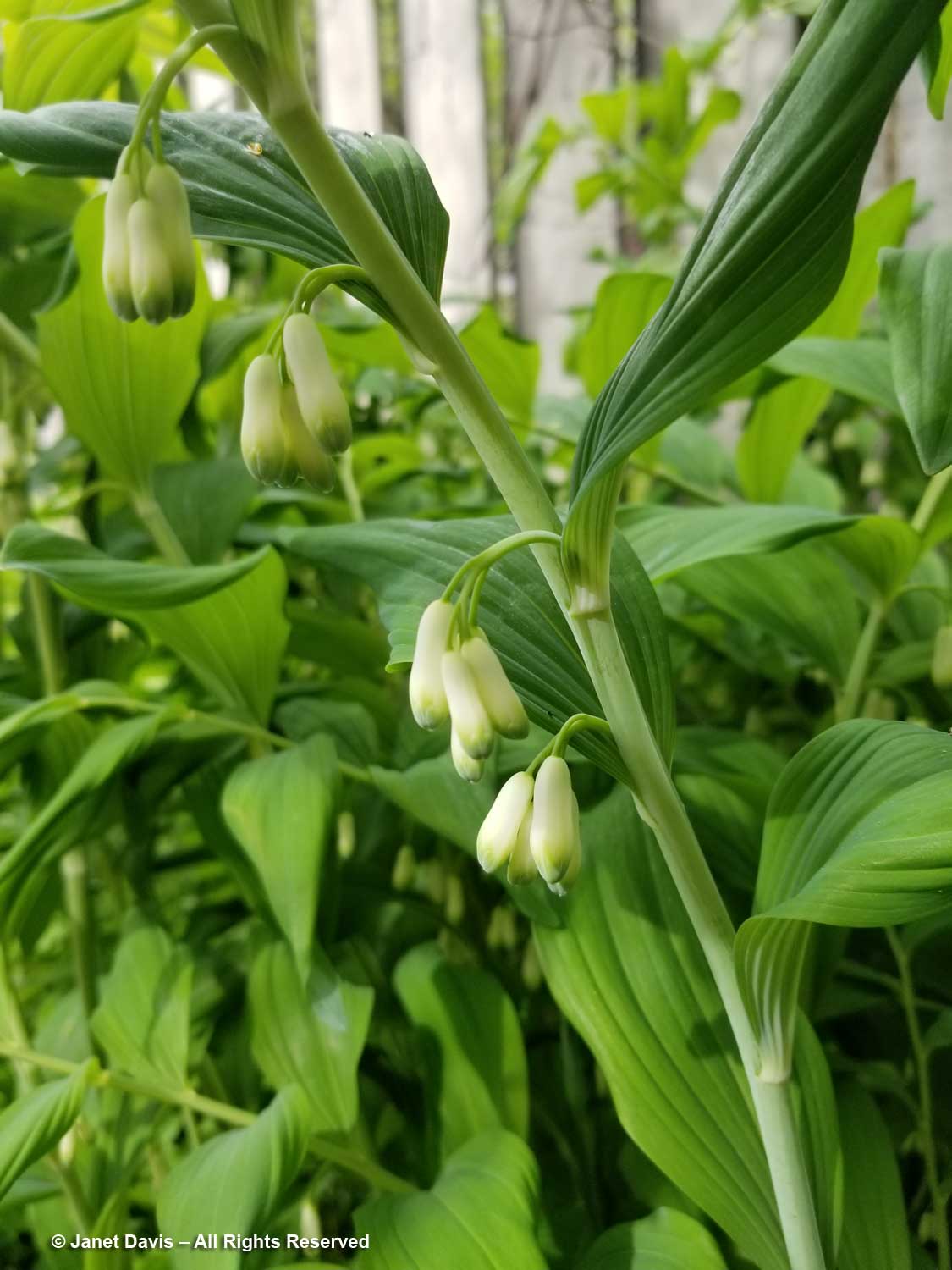
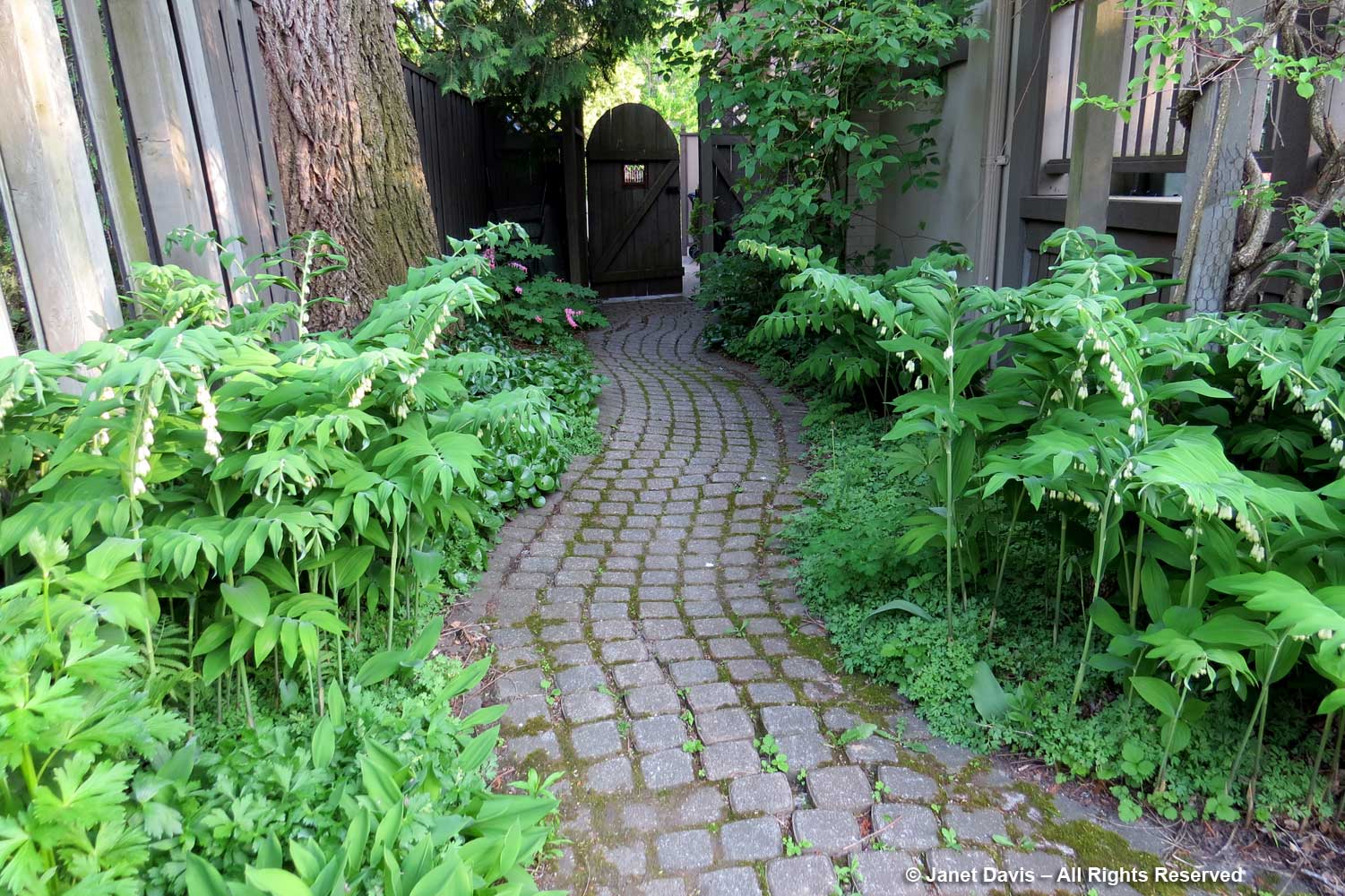
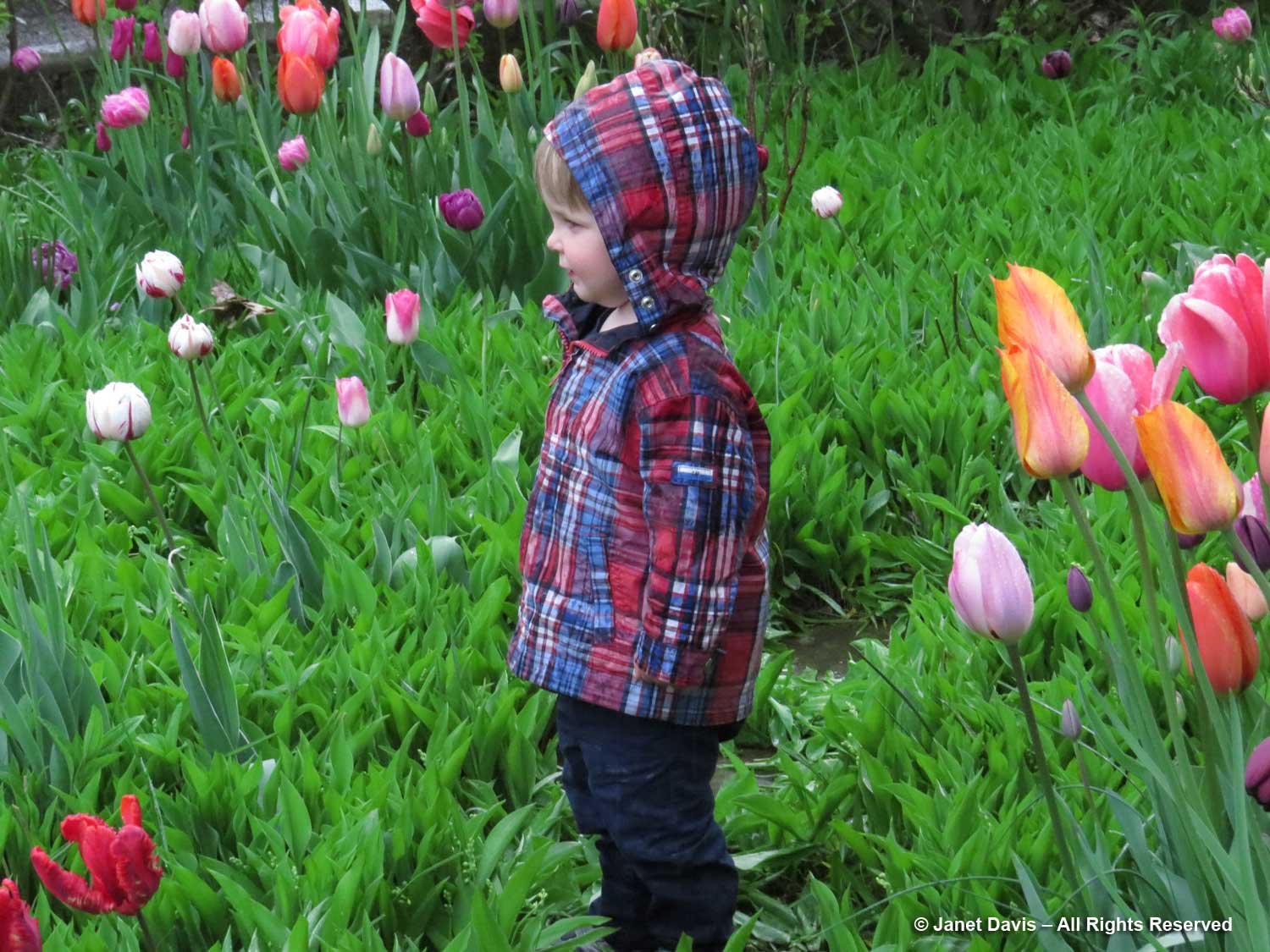
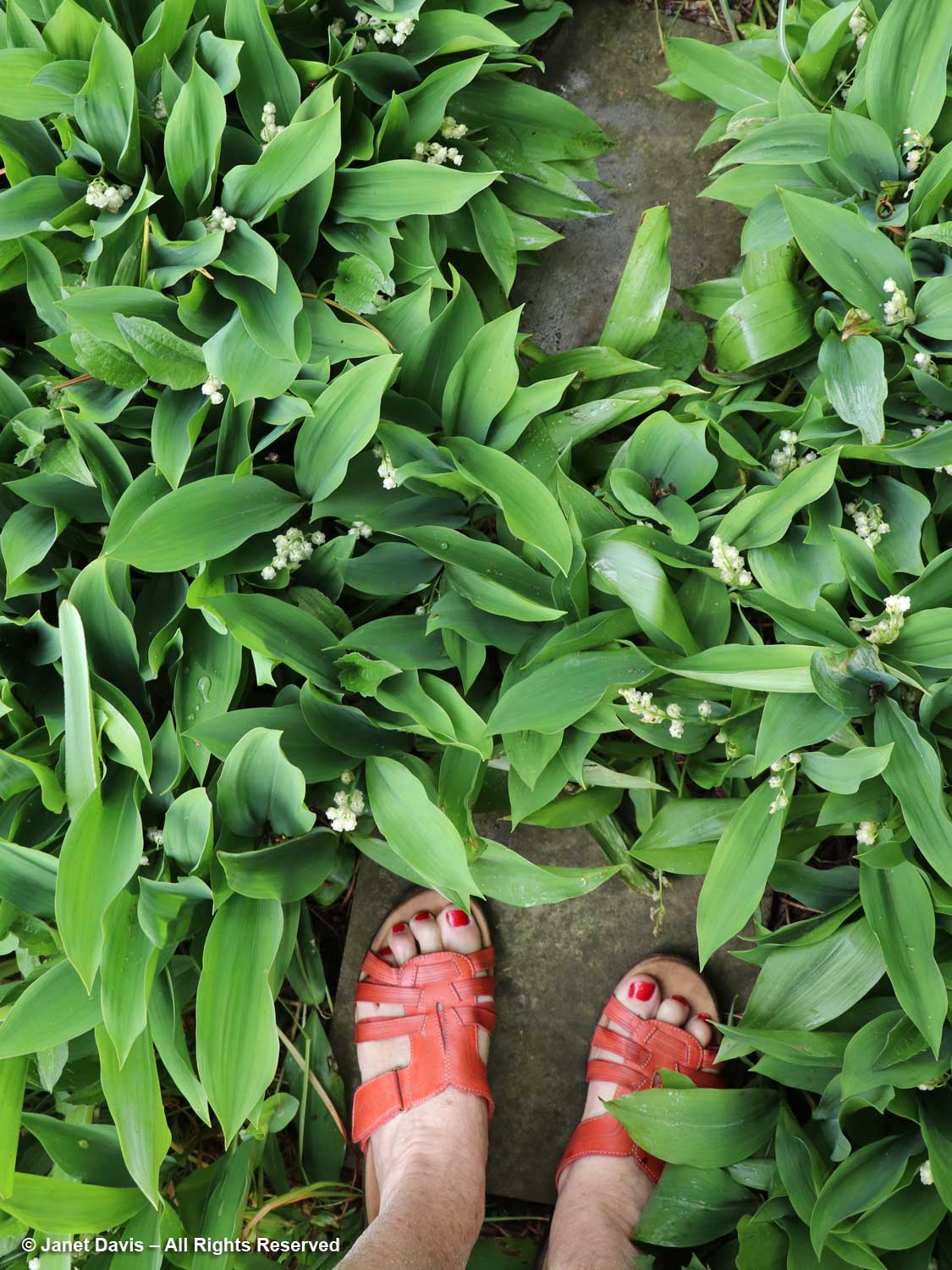
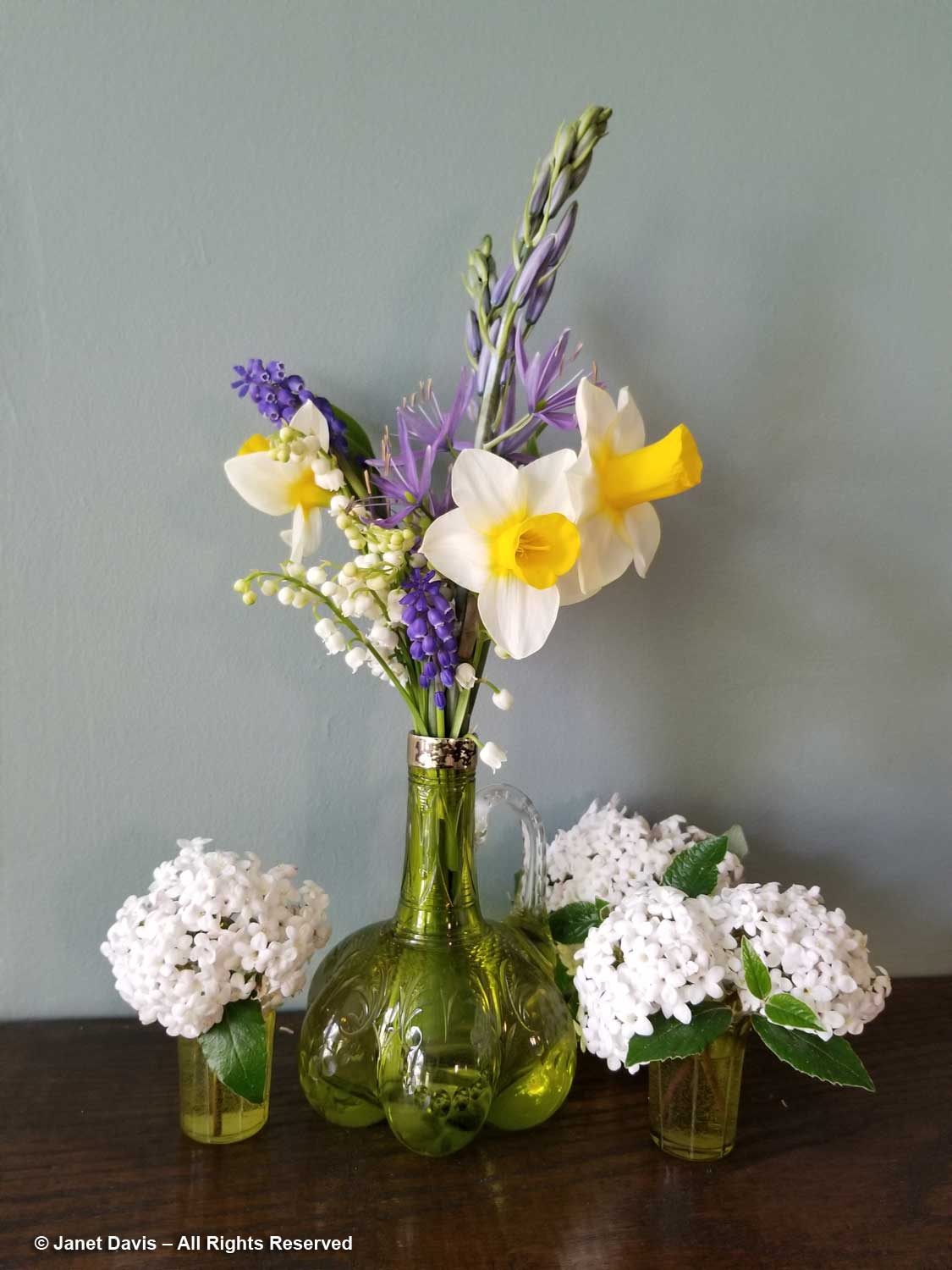

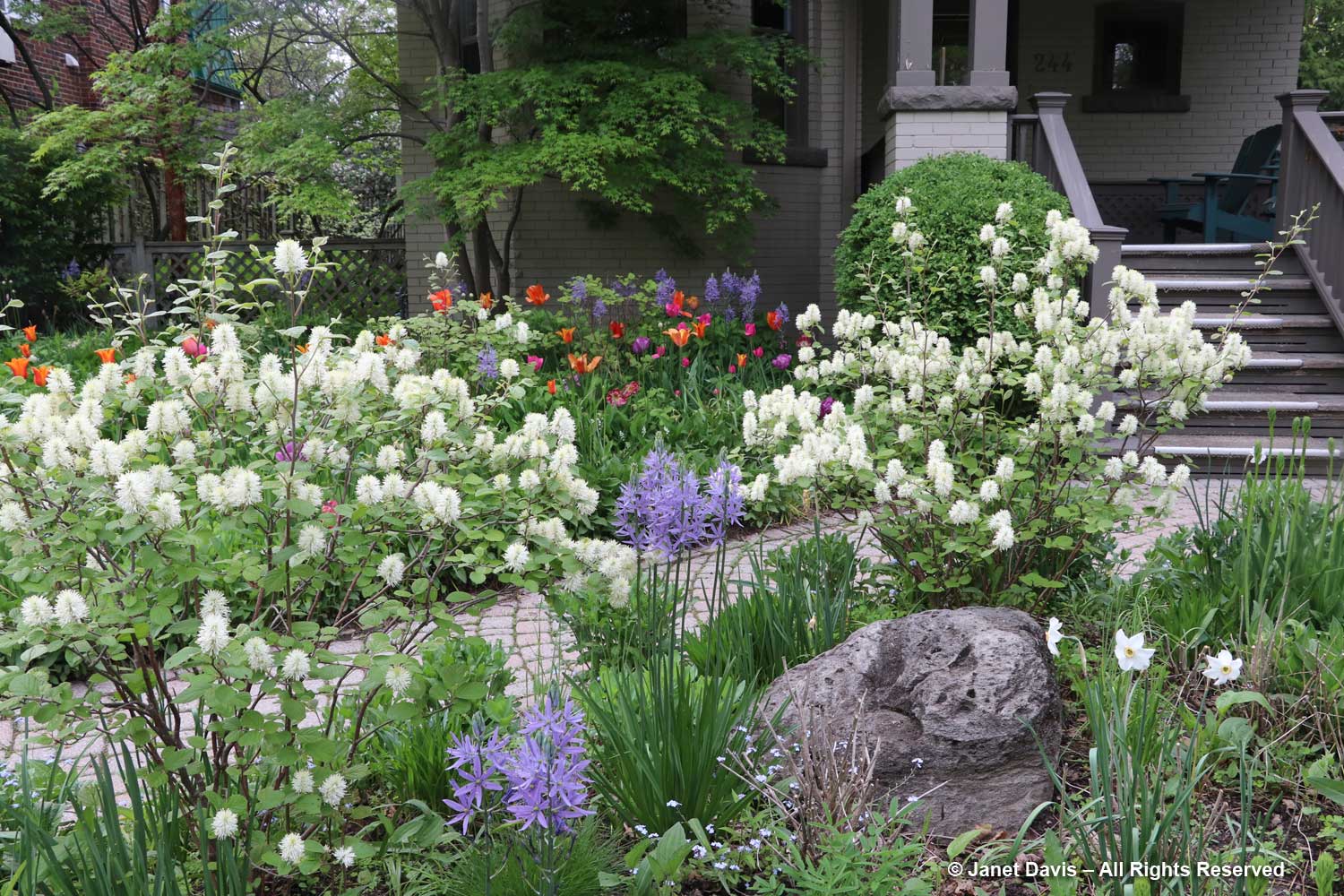
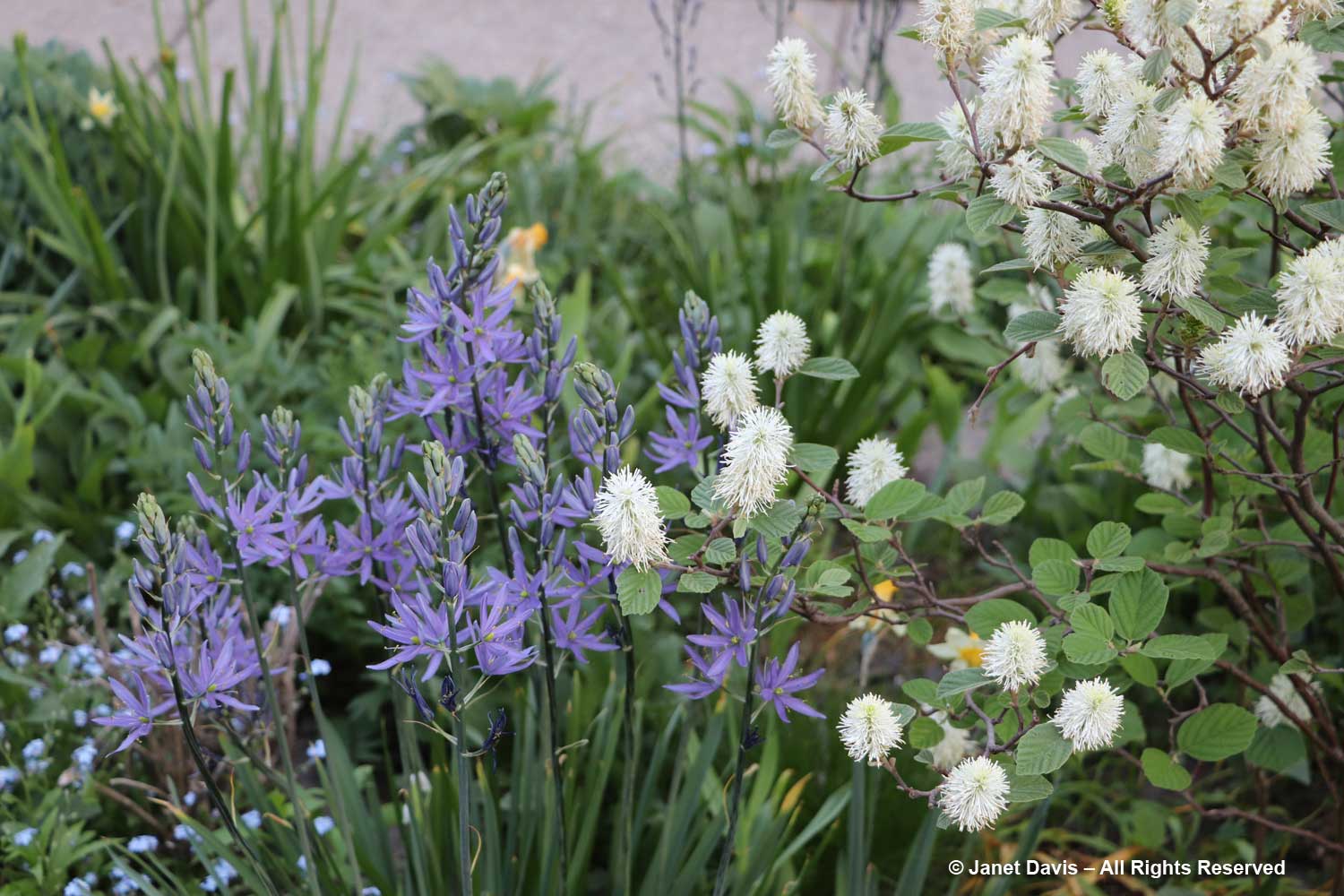
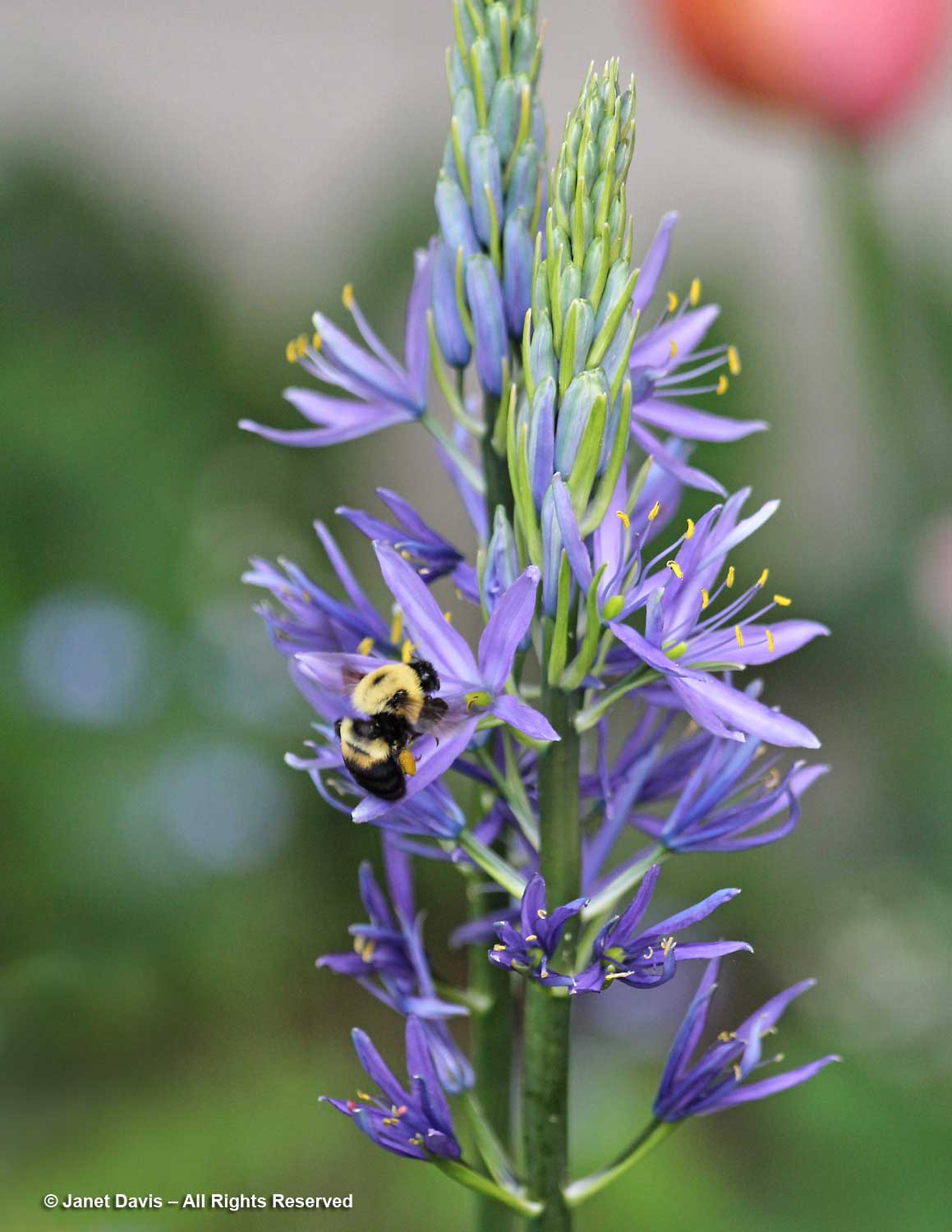
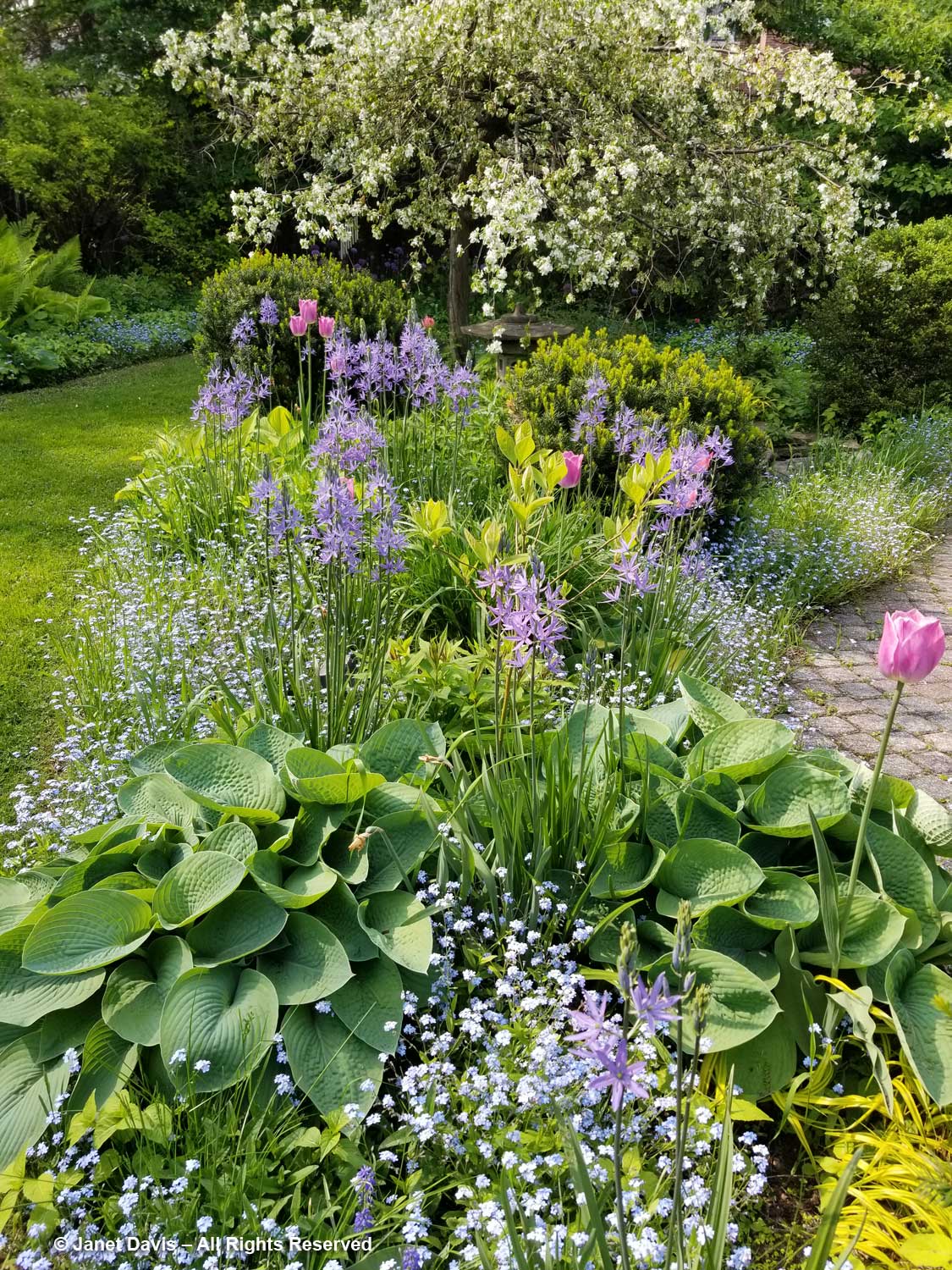
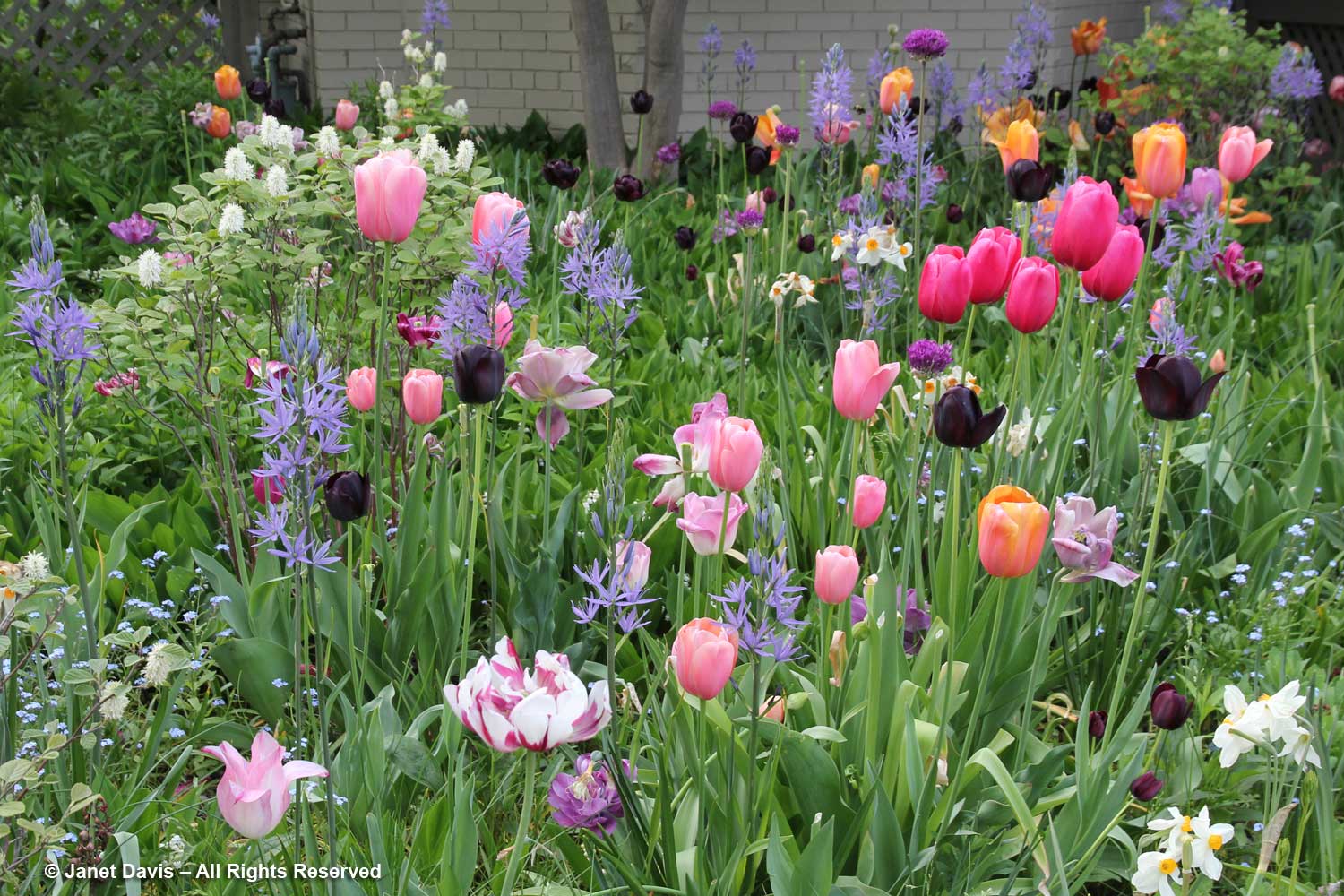
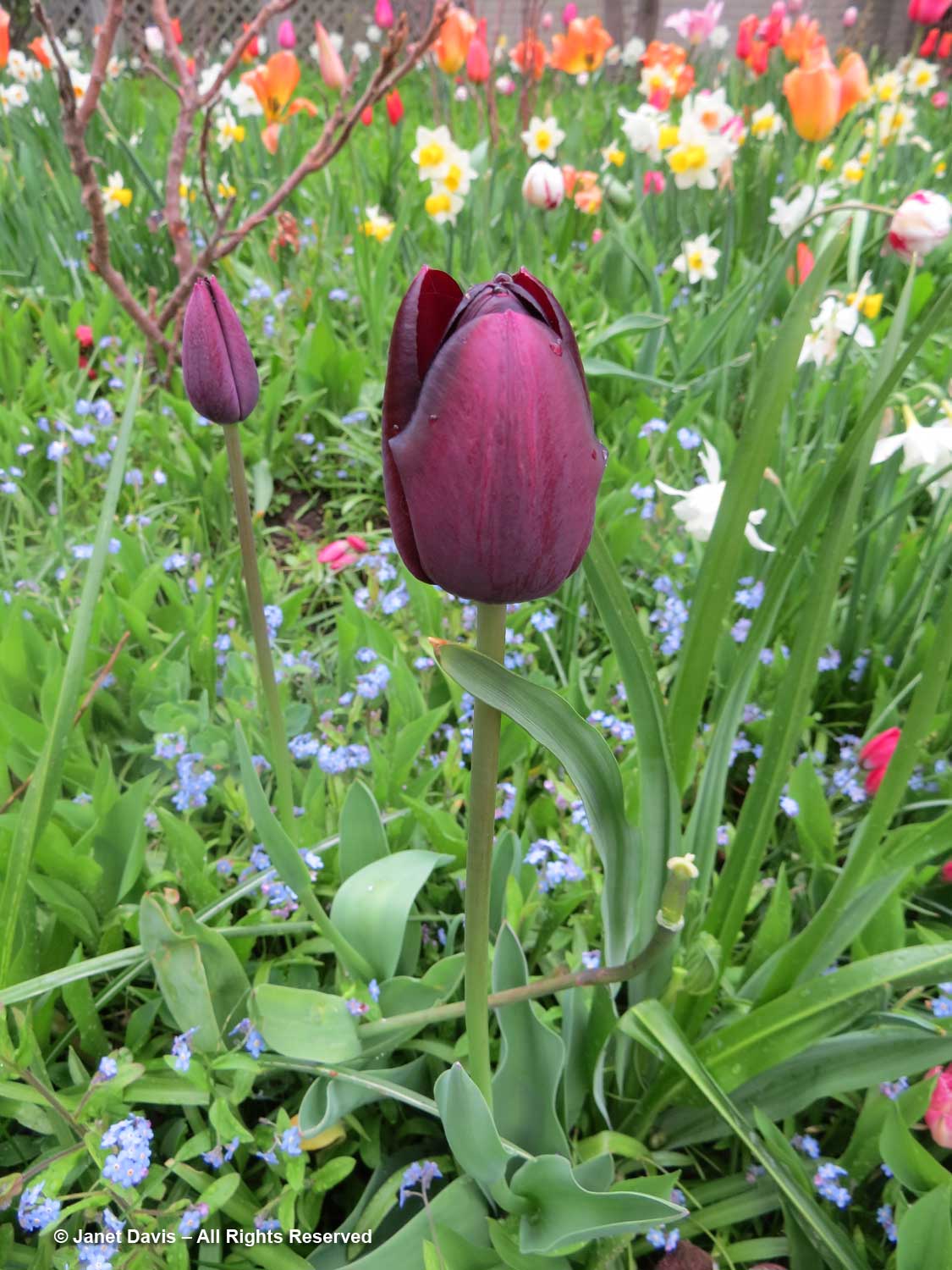
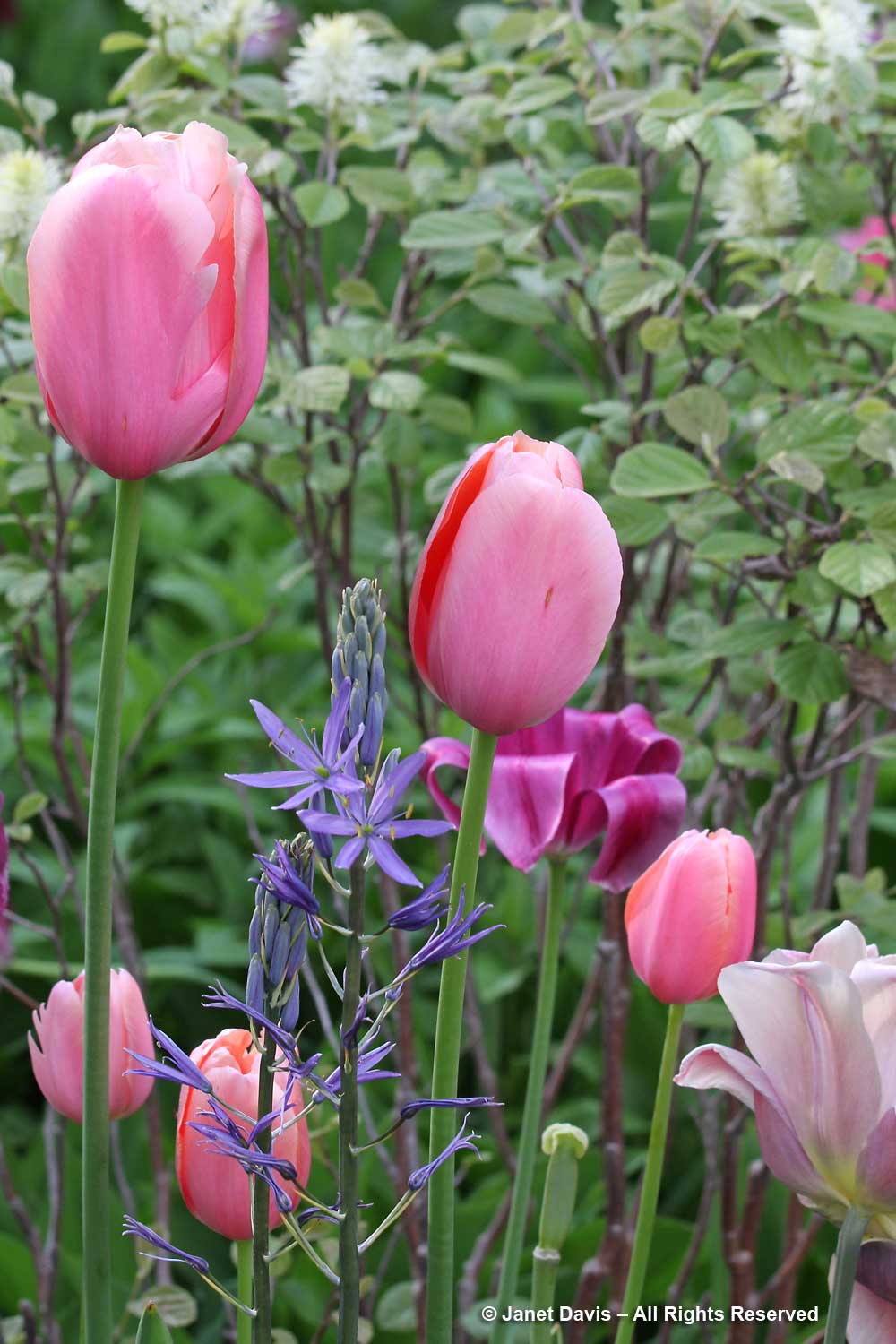
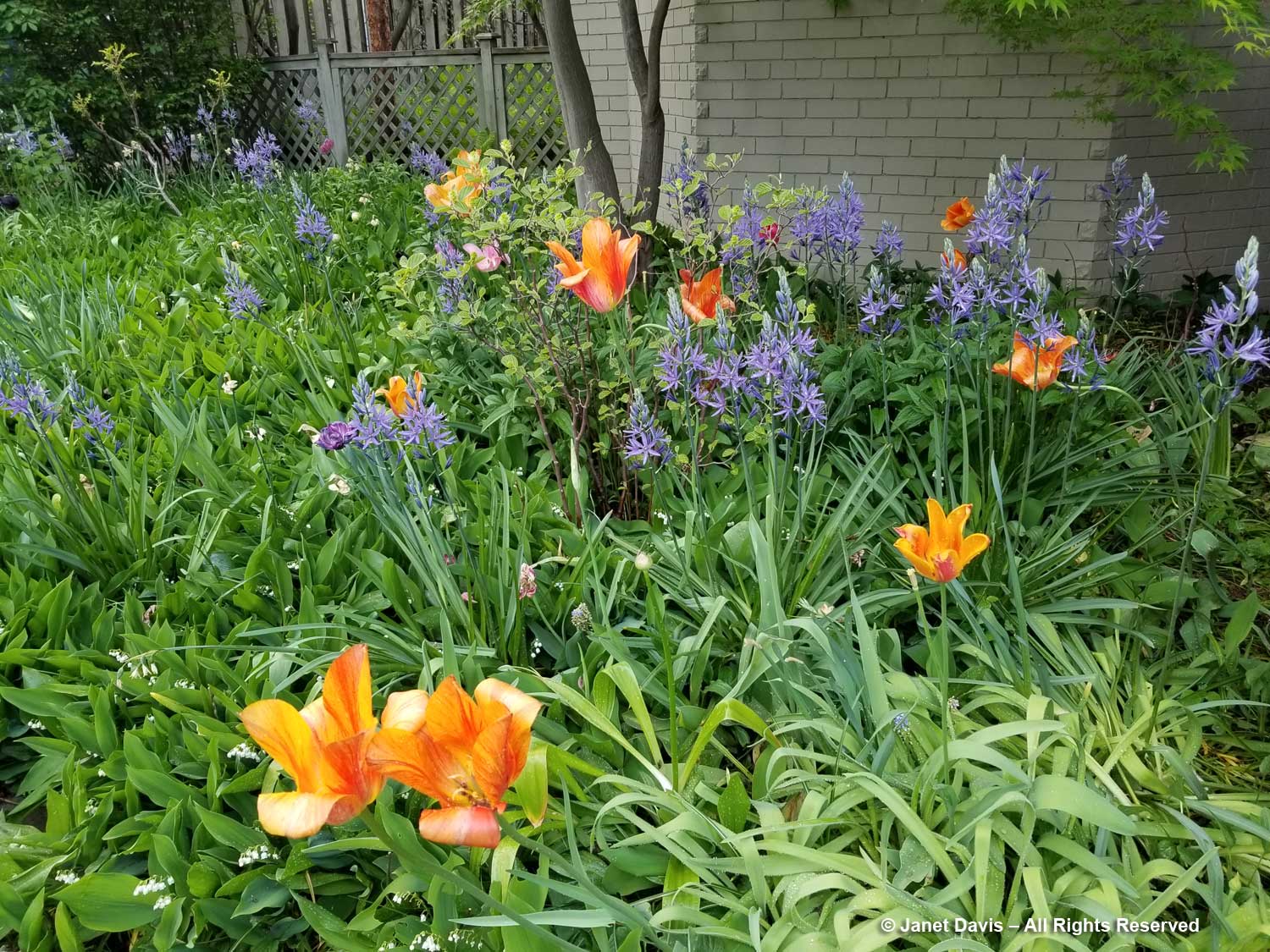
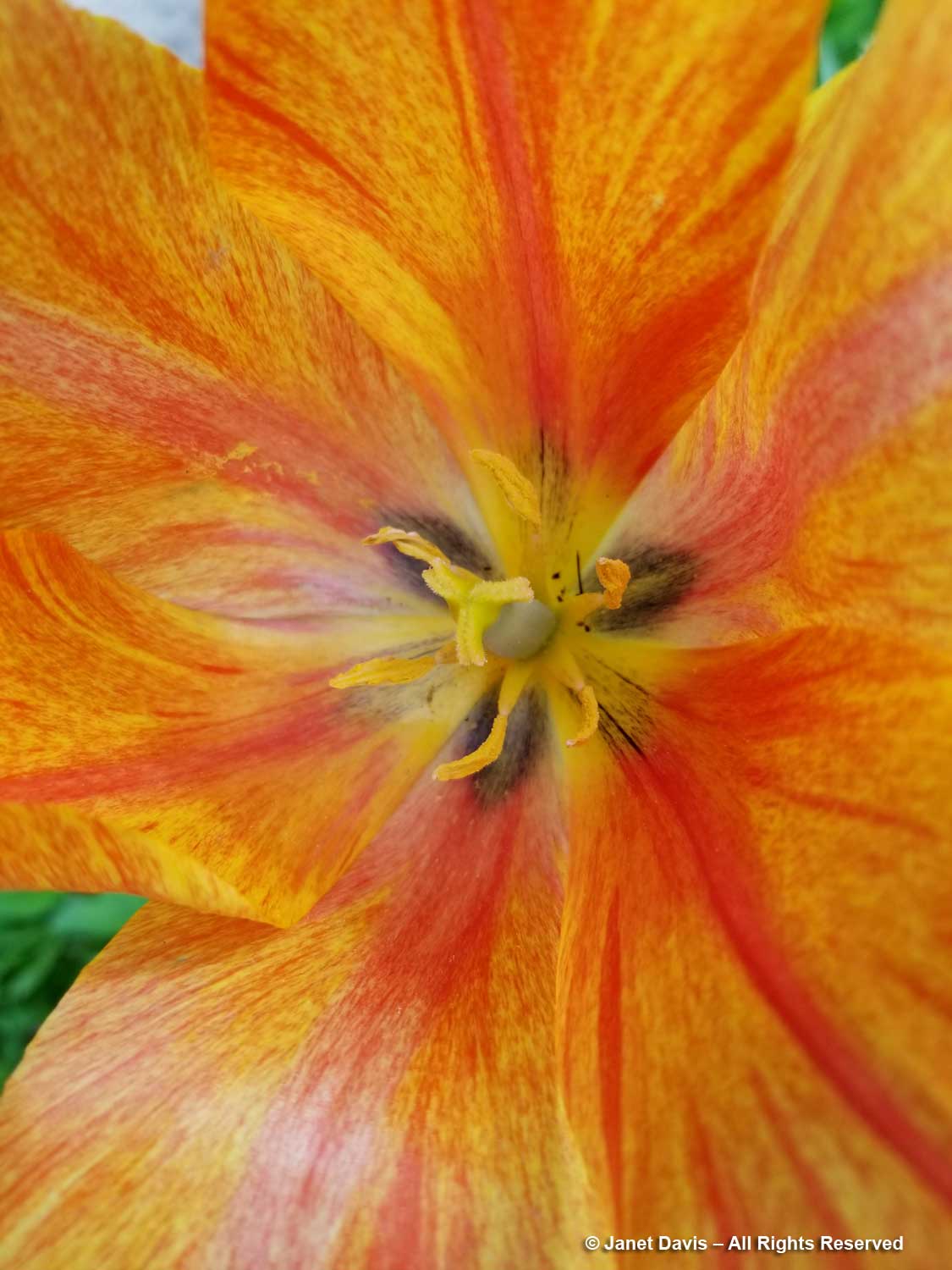
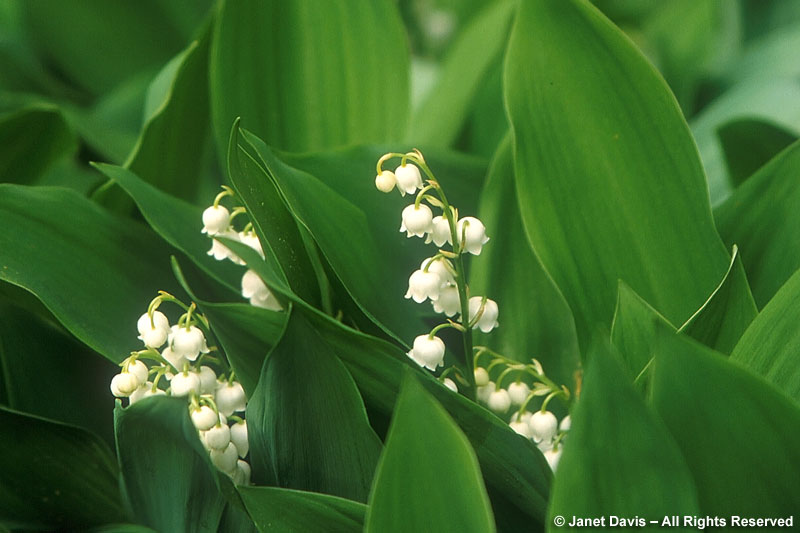
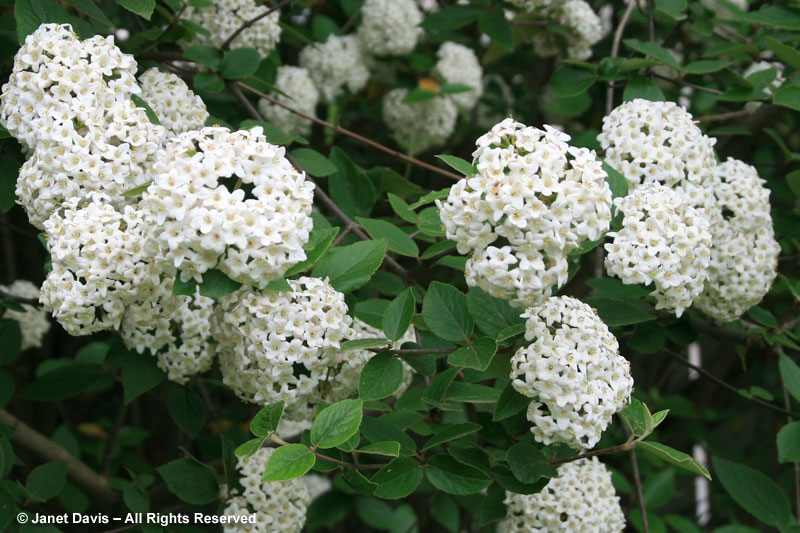 How does this common postural pattern produce compensatory hip, back and pelvic pain? Let’s embark by reviewing notable
How does this common postural pattern produce compensatory hip, back and pelvic pain? Let’s embark by reviewing notable 